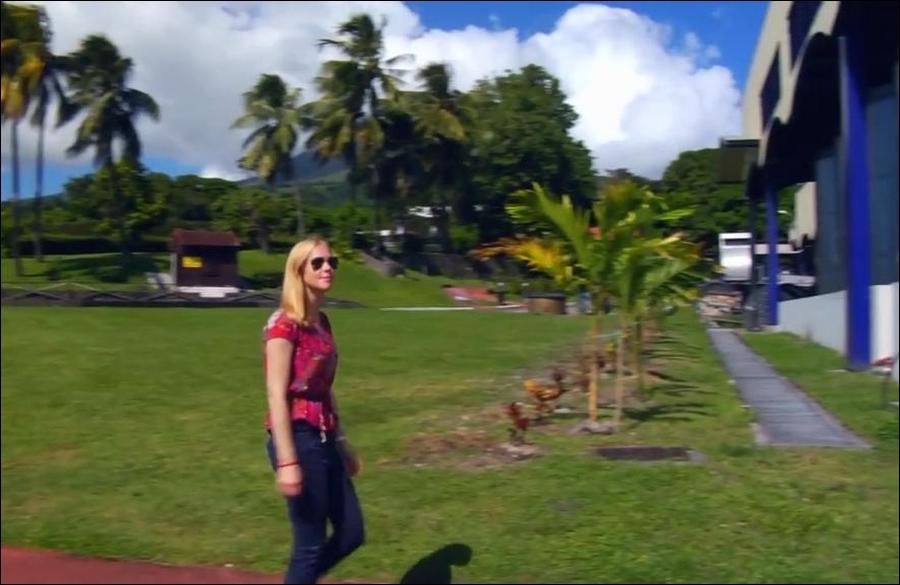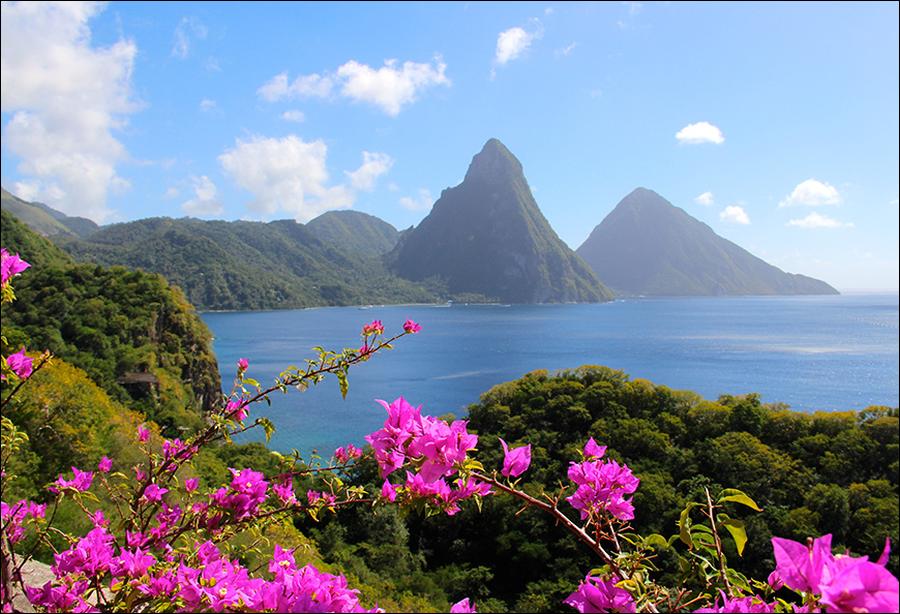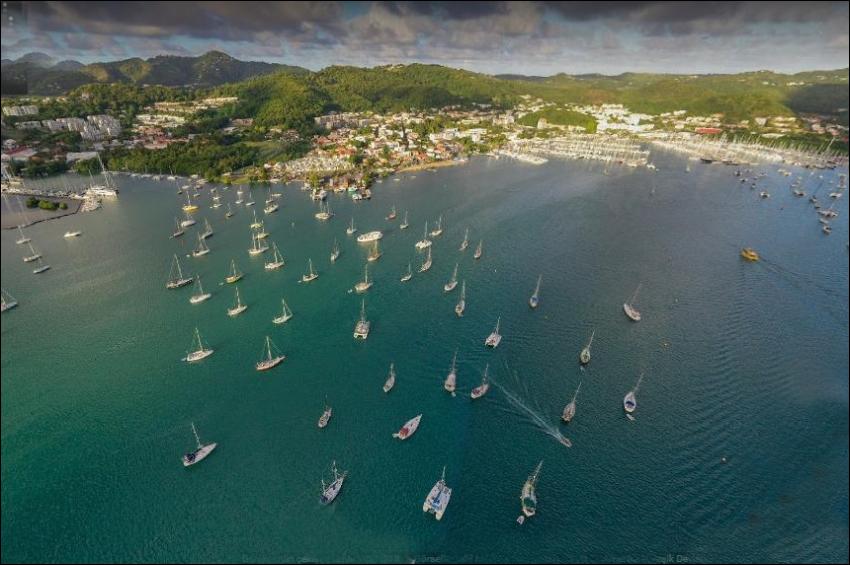On a humid November morning I learned that when a square-jawed, tan, and smiling gentleman who refers to himself as Captain Goodlife offers you a ride, it is tough to say no.
Especially when his water taxi skims at white-knuckle speeds over the stunning turquoise sea at Playa Santa Cruz. Eventually Captain Goodlife — I never tire of that name — stops at a spot where you can dive off the boat and snorkel into a cave where the sun reflects off the blue water and turns the walls a stunning shade of cerulean while tropical fish mingle below your feet.
“Make sure you tell everyone about it,’’ says the captain, who is also known by his real name, Juni Obersi, once we’re back on land. Meanwhile, Obersi’s wife is serving platters of seafood and grilled meat to a group of Dutch tourists.
The truth is, I would prefer to keep Captain Goodlife and Curaçao a secret. The island, 40 miles off the coast of Venezuela, is part of the ABC islands with Aruba and Bonaire. Seized by the Dutch in 1634, Curaçao remained a territory until last October, when it became a self-governing country within the Kingdom of the Netherlands. The most industrialized of the former Netherland Antilles, Curaçao does not rely on tourism as its sole industry. As a result, it has remained a bit of a hidden jewel.
The island, however, is hardly undiscovered. It is filled with tall, blond tourists who speak Dutch rather than the local language of Papiamentu (a Spanish-Portuguese-Dutch- English dialect). Europeans are everywhere. But it is mostly unknown by US tourists. When my partner, Patrick, and I told friends that we were planning a trip to Curaçao, we received blank looks. A few asked, “Like the liqueur?’’
That unfamiliarity is one reason Curaçao feels like an escape rather than a destination. The island is filled with honest-to-goodness characters such as the aforementioned Captain Goodlife and herb gardener extraordinaire Dinah Veeris, whom we saw singing to a sick tree at her farm. It is a curious place where one moment you’re soaking in gorgeous ocean views, and the next you’re smelling oil from a nearby refinery servicing the Venezuelan oil fields. The landscape is lush green, but there are cactuses growing everywhere.
“It’s unique because we have so many cultures here,’’ Veeris says as she serves us a tasty ruby-colored drink extracted from something growing in her garden.
In addition to the Arawak Indians who settled the island, the Spanish, Dutch, French, and English occupied Curaçao at one time or another. Its proximity to South America and its role in the slave trade turned the island into a hodgepodge of languages, cuisines, and architecture. It’s probably best known for its rows of pastel colored buildings that look like they were constructed in Amsterdam and painted in Miami, a stretch that is now designated as a UNESCO World Heritage site.



